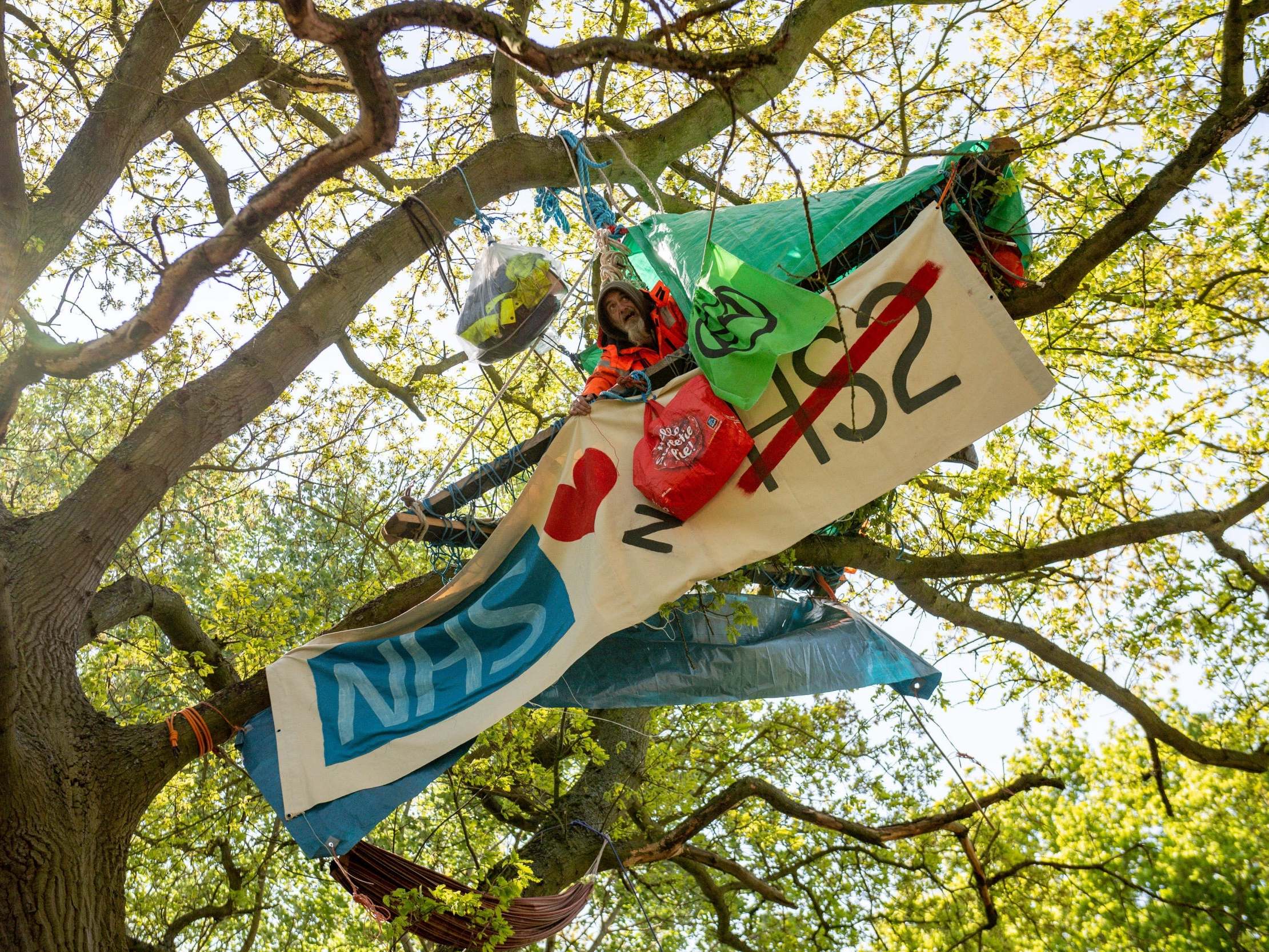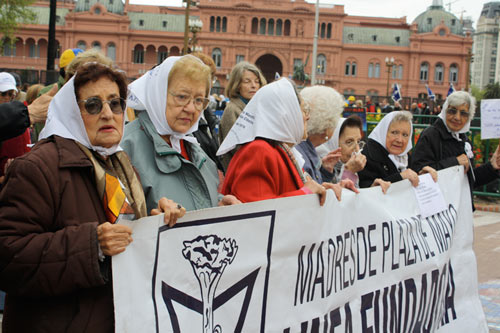Craftivism is a movement first coined as a term by Betsy Greer but was really put into action by Sarah Corbett, founder of the Craftivist Collective.
Crafts such as knitting, crochet and cross stitch embroidery are all seen as comforting homely arts, which would make them an unlikely source of activist messages. The stereotype of home crafts makes them ideal for sharing information, the appearance and form of the message is polite and kind, as opposed to more “aggressive” forms of activism like graffiti or protests. The nature of movements like Extinction Rebellion can put people off activism, even if they believe in the cause. Methods such as closing down entire streets with protests, or activists attaching themselves to trees to prevent builders of HS2 cutting down ancient woodland are steps not all believers in the cause are willing to take.

Craftivism allows a less controversial method of expressing and sharing views on a subject. Projects from the Craftivist Collective include mini banners embroidered with a message, whether it be encouraging or with facts on climate change or fast fashion, and put in unsuspecting places. The banners are bright and colourful, so they attract attention in the street despite their size, so are non-threatening and simply a polite reminder of the injustices in the world.

Not only is the final product promoting change, but the act of making mini banners or other craftivist projects promotes self-reflection on the topics by the maker. The crafts used to make the products are time consuming, and allows the maker to think about their topic in detail, and discuss with other craftivists around the subject.
Craftivism can come in many forms, not just embroidery. This is an example of yarn bombing being used to raise awareness of the issue of homelessness. Yarn bombing started out as a way to bring joy to people’s day as they walked down the street, through the novelty of seeing a knitted lamp post or just having a splash of colour on a grey street. Yarn bombing has even been used in Leicestershire by the police in an attempt to lower crime rates.

Even though the term “craftivism” was coined recently, the practice has been around for much longer. The women’s suffrage movement used women’s craft skills to make their sashes, banners and other protest items.

Another historical example of craftivism could be the use of hair braiding by slaves in America. Escape routes and meeting points were braided into corn rows, an effective way to keep them hidden from slave masters.

In Argentina, the Madres de la Plaza de Mayo formed in 1977 after the start of the 1976-83 military dictatorship. During this time thousands of young people completely disappeared, the Madres claim 30,000. To this day, mothers of the missing gather every Thursday at the Plaza de Mayo square, wearing white head scarves, often with the names of their missing children embroidered onto them. The scarf acts as a kind of uniform, the original thought behind what the scarf represents is unclear, but has been said to be a dove of peace, a child’s nappy or blanket.